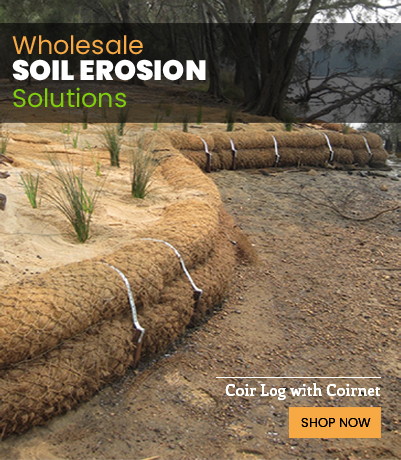Riprap and rockscaping are an alternative to traditional mulch for landscaping in any kind of environment. Rocks are versatile; they can be used for erosion control and many other landscaping needs. This review will cover the benefits of using riprap for rockscaping and tips for doing it yourself.
What Is Riprap?
Riprap consists of rocks of varying shapes and sizes that are layered on top of one another. The purpose of riprap is to protect the soil and control erosion. The sizes of the rocks used in riprap depend on the kind of project and the terrain on which it is being used.
The Applications of Riprap
The primary use for riprap is to hold soil in place, especially on slopes and other areas where soil can be disturbed by water or wind. Riprap can be used on steep slopes, along lakeshores and riverbanks, and around bridge foundations and supports. In addition, rocks can be used to inhibit weed growth, anchor the soil, and prevent erosion in landscaping and gardening projects.
The Benefits of Riprap
Riprap is a strong and durable material that can withstand harsh weather conditions. You don’t have to worry about replacing the rocks like you would with traditional mulch, which needs to be replaced frequently. Rocks and stones also tend to be more aesthetically pleasing than traditional mulches in many kinds of gardens.
You can use rocks in conjunction with landscape netting to minimize erosion and control the growth of weeds. However, it’s important to note that you’ll likely need to weed the area if there are any large gaps between the rocks.
Tips for Rockscaping
Make sure that your riprap includes rocks of numerous shapes and sizes. A variety of sizes will cause the rocks to lock in tightly, preventing them from shifting. You can use riprap under decks and patios and around fire pits and the perimeters of buildings. It is best to use rocks around shrubs, trees, and vegetation that do not need to be replanted every season (and, hence, require you to regularly move rocks).
Using rocks in conjunction with coconut coir landscape netting can help keep seeds and soil from being swept away by wind and water. Coir fibers are extremely strong and environmentally friendly. The fibers will eventually biodegrade, and, as the organic coir fibers naturally decompose, they will mix with the soil, providing supplemental nutrients for the plants.
Using coir landscape netting with rockscaping can help protect the soil and the surrounding vegetation from being damaged by strong winds and water. Coir landscape netting is especially beneficial for sloped areas; the coir fibers absorb water and slow the speed of its flow, preventing it from washing away vegetation and soil.
Follow these tips to combat erosion and inhibit weed growth in your garden and landscaping. Riprap and rockscaping can embellish your landscape and protect your plants. Give rockscaping a try for your next gardening or landscaping project.

Leave a Reply